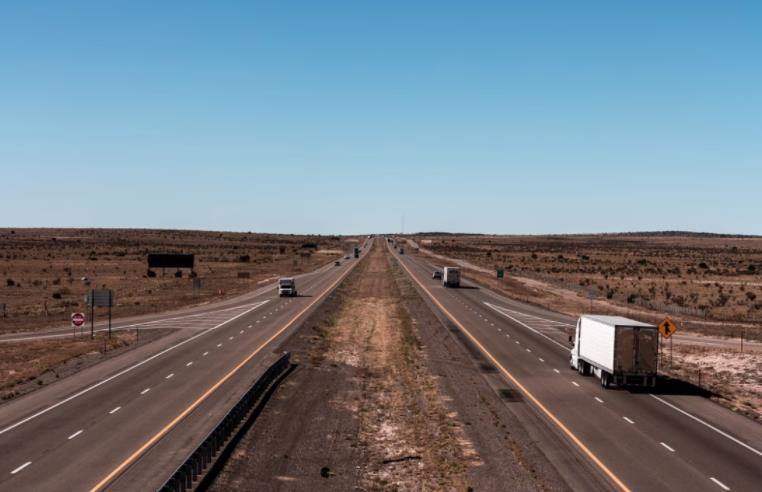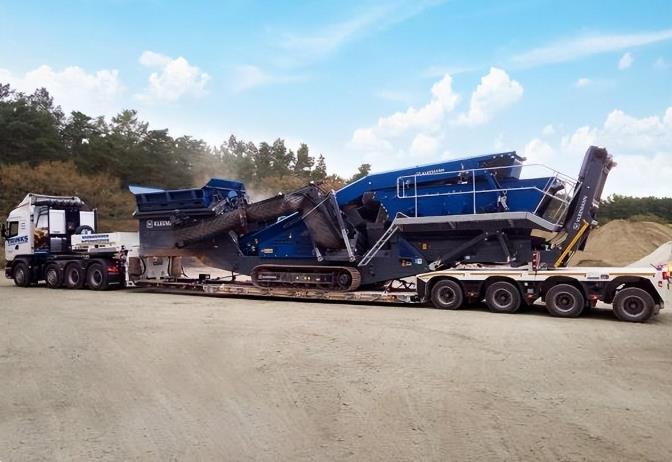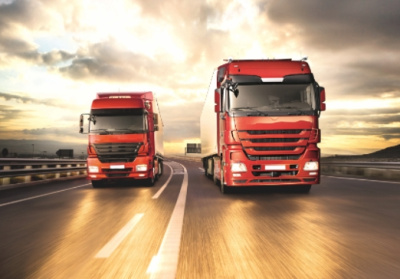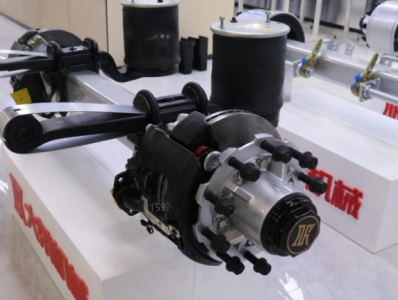Comprehensive understanding of the basic knowledge of semi trailers
Semi-trailer is the most common kind of transport model, carrying capacity is strong, loading capacity is large, almost all materials can be used to transport semi-trailer, so it is loved by the majority of driver friends. However, there are many structural forms of semi-trailer, and the classification is very fine.

There are a variety of classification methods of semi-trailer, according to the number of axes, 1 axis, 2 axis, 3 axis; Bulletin length can be divided into 8.6m, 10m, 11.16m, 12.1m, 12.5m, and 13m. According to the tonnage can be divided into 9T, 15T, 20T, 22T, 25T, 26T, 28T, 30T, 31T, 32T; According to the model, it can be divided into ordinary railings, warehouse railings, coal pulling semi-hangings, self-unloading semi-hangings, low plate semi-hangings, container plate semi-hangings, container frame transport semi-hangings, van semi-hangings and so on.
The semi-trailer is mainly composed of carriage, frame, leg (support device), trailer suspension, trailer axle assembly, electrical road, protective net, toolbox and other parts.
Carriage: mainly used to restrain the load of goods, carriage railings are mainly divided into large vertical, small vertical, flat, waveform, emboweling and so on. The standard thickness of the general plate is 1.5mm, the light vehicle is 1.2mm, and the heavy coal pulling and self-unloading semi-hanging is 2.0mm.
Hinge: mainly play a role in the connection between the railboard and the frame, according to the different force sizes of different forms of hinge, mainly divided into large hinge, small hinge, flat hinge, cast steel hinge and other forms.
Frame: It is composed of welded longitudinal beams, through beams and section steel components made of car steel plates. It is a space frame structure, which is used to support the load, install the traction pin, trailer suspension, support and other main components of the device.
Car bottom plate: in the daily loading of goods in direct contact with the goods, is also the most easily worn part of the trailer. According to the type of cargo carried, there are mainly 3mm plate, 4mm plate, 3mm pattern plate and 4.5mm pattern plate.
Support leg: a device used to support the load at the front of the semi-trailer after lifting, which is composed of a base, a pull rod transmission mechanism, an inner square tube, an outer square tube, a transmission box, and a control crank. There are two forms of single action and linkage. Each single action leg has a crank, while the linkage leg has only one crank.
Trailer suspension: the device used to transfer load and shock absorption, mainly including bracket, tie rod, upper and lower shaft clamp, U-bolt, leaf spring, parallel arm, etc. The leaf spring is fastened on the axle body with U-bolt, and the two ends are stuck in the frame bracket. The balance arm is connected in series, and the balance arm is balanced within a certain range. The leaf spring is mainly subjected to the vertical direction of gravity on the frame, and the horizontal direction of the force is transmitted by the lower shaft clamp and the pull rod. By adjusting the pull rod, the shaft can be adjusted parallel to avoid abnormal tire wear.

Trailer axle assembly: composed of tires, steel rim, wheel hub, brake and axle.
Air path: a device used for normal driving braking and emergency driving braking. It is composed of a gas joint, an inflation pipeline, a control pipeline, an emergency relay valve, an air storage cylinder and a brake air chamber.
Circuit: plays the role of lighting and transmitting signals, is connected with the tractor by the seven-star plug, and the line is generally hidden in the frame.
Protective guardrail: It can prevent external objects from entering the lower part of the car body and play a protective and blocking role.
Toolbox: Used to hold tools, rain cloth, rope materials carried with the car, generally arranged on the side or back of the body.







